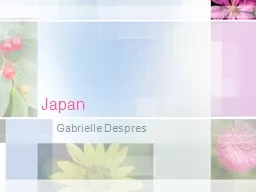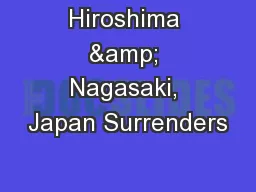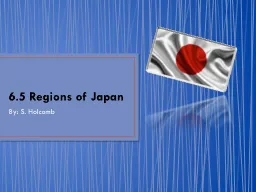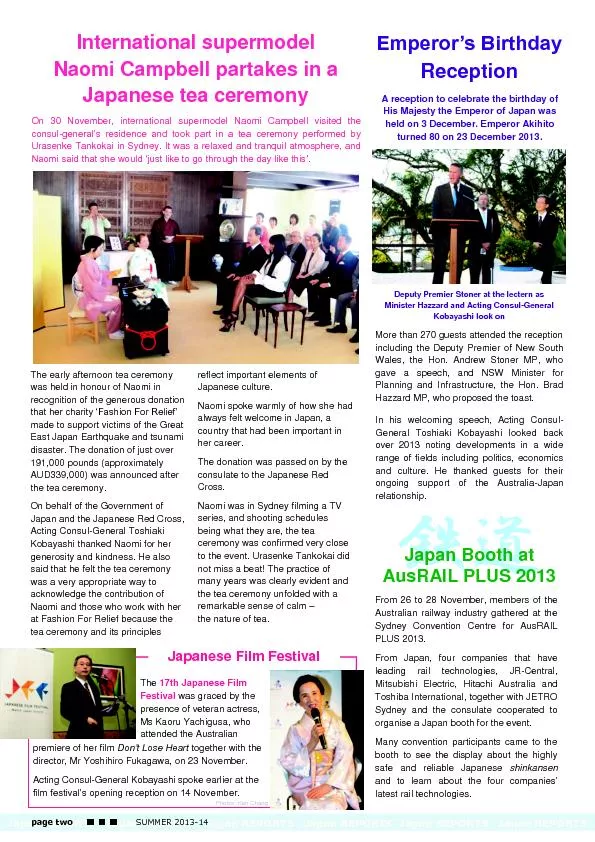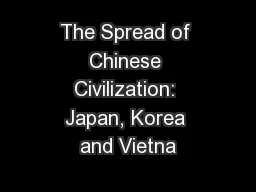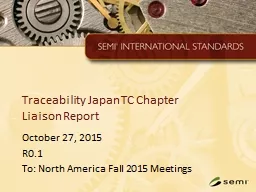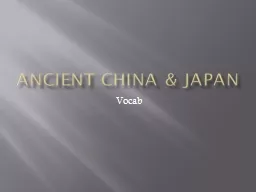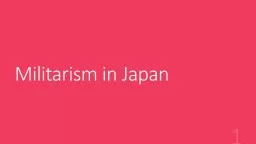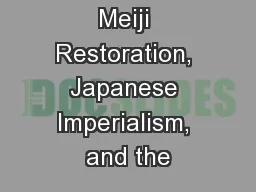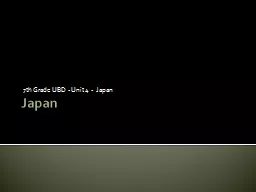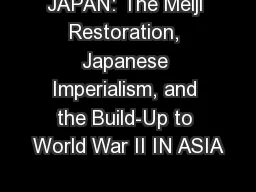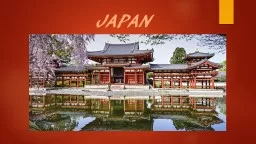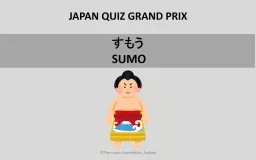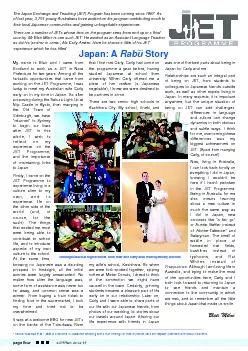PPT-Japan Gabrielle D espres
Author : min-jolicoeur | Published Date : 2018-10-09
Japans economy Japan is the second largest power Japan has a lack of natural resources and useable land The Japanese use yen as their currency EXPORTS Textiles
Presentation Embed Code
Download Presentation
Download Presentation The PPT/PDF document "Japan Gabrielle D espres" is the property of its rightful owner. Permission is granted to download and print the materials on this website for personal, non-commercial use only, and to display it on your personal computer provided you do not modify the materials and that you retain all copyright notices contained in the materials. By downloading content from our website, you accept the terms of this agreement.
Japan Gabrielle D espres: Transcript
Download Rules Of Document
"Japan Gabrielle D espres"The content belongs to its owner. You may download and print it for personal use, without modification, and keep all copyright notices. By downloading, you agree to these terms.
Related Documents

